Lent 2023 newsletter
Rick Dixon, U.S.-Mexico Border
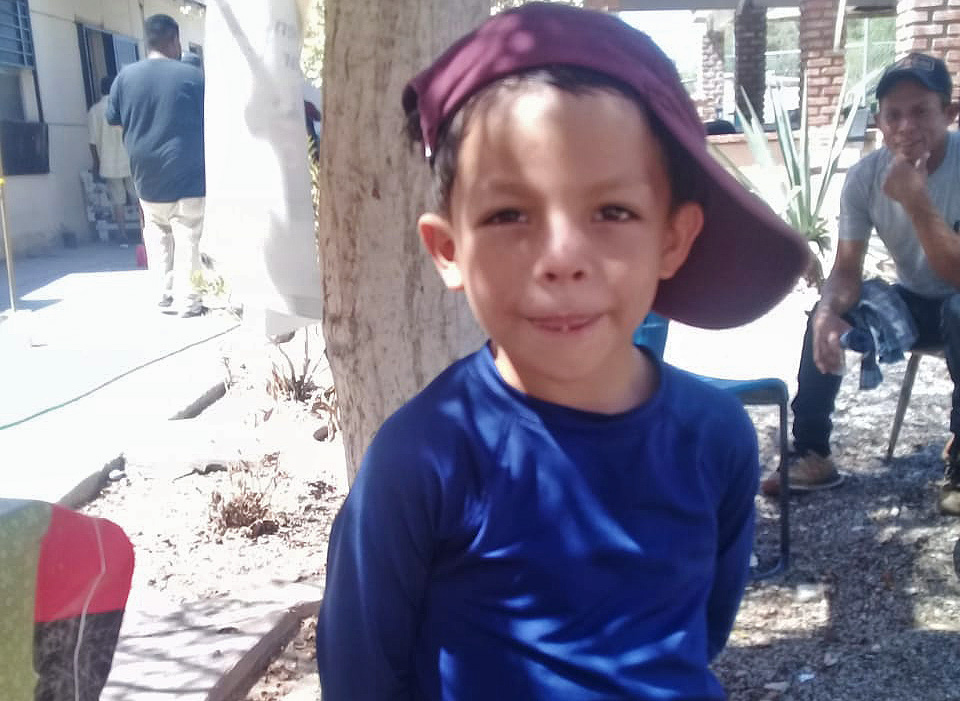
Ramón at the San José Obrero center in Mexicali, Mexico. His father is in the background.
One of my first friends at San José Obrero migrant center was 7-year-old Ramón (see photo at left). He and his father are from Honduras. They came to the center for a meal, a shower, to wash clothes and rest. Actually, Ramón prefers cartwheels over rest, and he often puts feet over head with the ease of a butterfly.
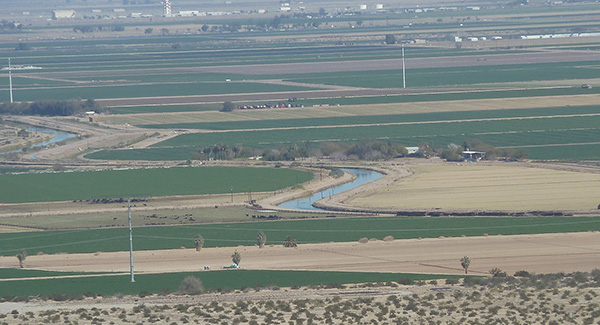
The All-American Canal, which Ramón and his father crossed
Life is an adventure for him, despite the many dangers he has already faced. He and his father have tried crossing into the United States four times. Each time they were caught by the border patrol and returned to Mexico under Title 42 (under this law, Mexico accepts U.S. expulsions of migrants and asylum seekers from Guatemala, Honduras, El Salvador, Nicaragua, Cuba and Colombia, to name a few). Ramón’s father fears persecution in Honduras and cannot return there; so he keeps trying to enter the United States.
After each return to Mexicali, Ramón has a story to tell. Like how his father ties empty milk jugs around his waist — homemade life preservers. Ramón doesn’t know how to swim; his father barely, but he managed to dog-paddle Ramón across the canal and make it to the other side.
They got all the way up to Interstate 8. There, hiding in a gully, the Border Patrol spotted the boy and called down to him, “Amigito, salgas de alla.” The boy answered, “Weez no espeakid espanish herz.” Out of the gully, the boy asked for water. The agent kindly obliged.
Ramón and his father are now resting under a mesquite tree. The father sits with a hangdog face. He must dread what Bishop Mark Seitz of El Paso describes as merciless: “Title 42 and policies like it are merciless and literally killing people by driving them to cross the desert and to drown in rivers. Children are dying. Death can’t be an acceptable part of the overhead of our immigration policy.”
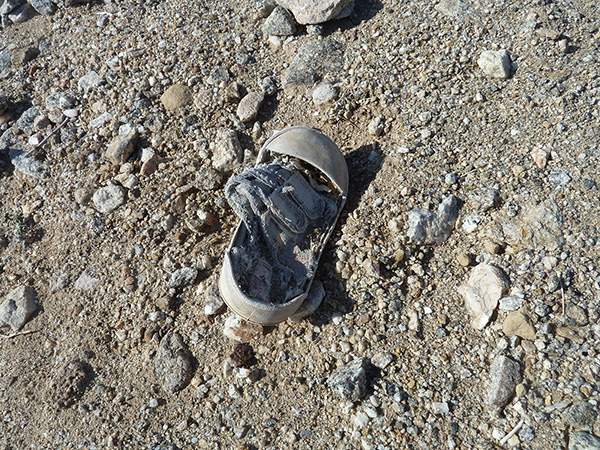
A toddler’s shoe in the desert
I think of what Salvadoran American poet Javier Zamora, now in his 30s, innocently said as a 9-year-old child when he crossed through the desert into the United States: “I like the word cross. It makes me imagine a crucifix. Perhaps the border fence is made of many small crucifixes.” (His memoir is titled Solito and was published last year by Hogarth Books.)
A slight breeze ruffles through the mesquite tree. Ramón gets up and twirls into cartwheels. I pray that he will have the chance to grow up and tell his story, for we can’t advocate for good policy if we don’t know the pain and dangers migrants risk on the border; where migrants come from and what social stresses push them to leave their homelands.
We must promote sustainable development abroad, so people don’t have to leave their communities. And it is also critical to learn what the United States’ history and involvement in Central America and other countries has been.
We must take a hard look at how U.S. policy is often discriminatory: Whom do we welcome, and whom do we keep out? Why does the recently issued new policy for Venezuelans let those who can fly to the U.S. apply for asylum, while those crossing by land are subject to Title 42 and turned away?
More than ever, the furious debate on immigration needs our input.
Please consider joining our circle of COMPANIONS IN MISSION. Companions in Mission are generous donors, like you, who give financial gifts on a regular (usually monthly) basis. For more information visit Become a Companion in Mission. Thank you so much for your generosity!

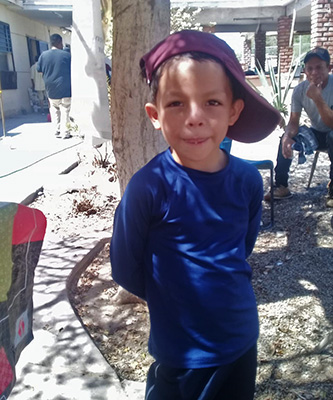

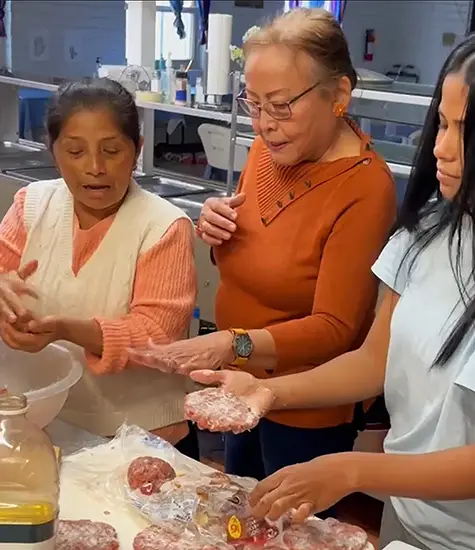
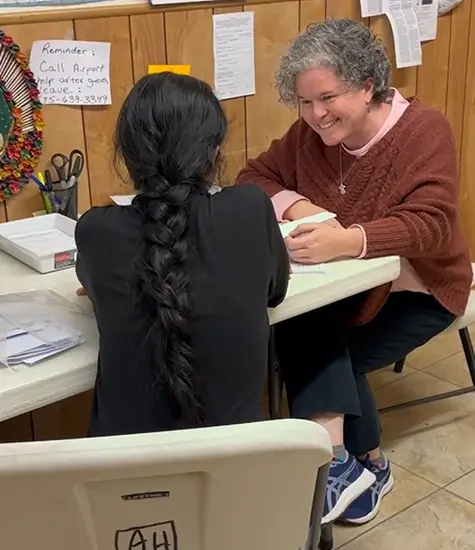
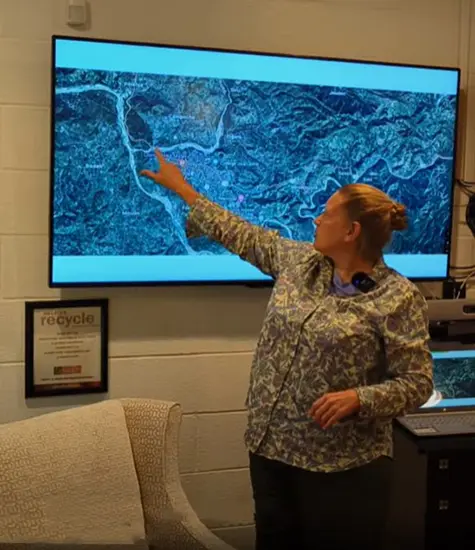




Hi Rick,
You are doing such a wonderful job. I am a prior missioner I was serving Tanzania. I am Latina and I am curious about your mission in Mexicali. I wonder if I can connect with you to chat about it.